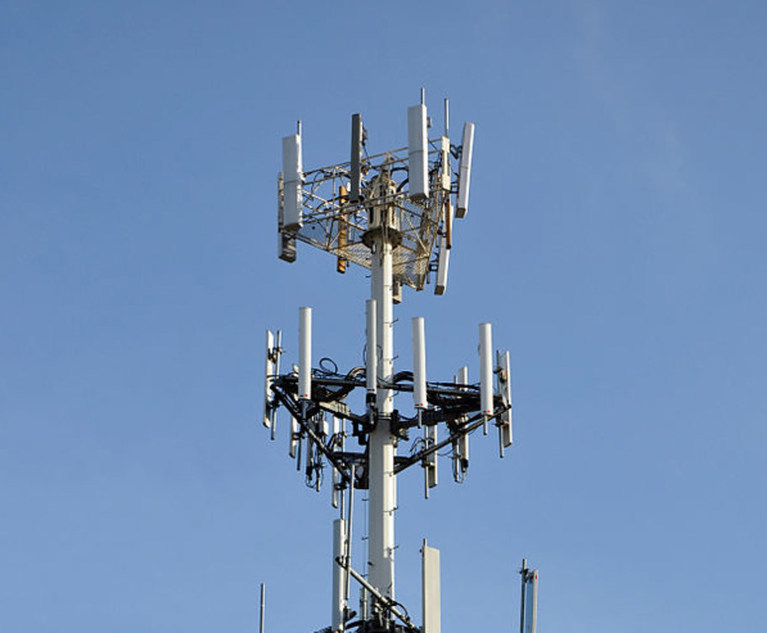Ever since the erection of the first cell towers in the 1980s, the public has asked the wireless industry why antennas could not be placed on utility poles, rather than the taller, more obtrusive monopoles. Technology has finally answered that request and the Federal Communications Commission (FCC) has enacted regulations to encourage the placement of antennas on poles in the public rights-of-way. Many communities have embraced the deployment of these facilities which will form the backbone of new 5G services. Others have taken the opposite approach. Two recently decided cases shed light on these FCC regulations, and provide a summary of the new rules of the road for the siting of Small Wireless Facilities (SWF) in the public rights-of-way.
In ExteNet Systems v. The City of East Orange, federal court Judge William J. Martini, reviewed the federal Telecommunications Act (TCA) requirements that state and local governments must “act on any request for authorization to place, construct, or modify personal wireless service facilities within a reasonable period of time after the request is duly filed,” and that any “denial must be in writing and supported by substantial evidence contained in a written record.” Docket No. 19-21291, 2020 WL 7238154 (D.N.J. Dec. 9, 2020), see also 47 U.S.C. §332(c)(7)(B)(ii)&(iii). In another case brought by ExteNet, federal court Judge Madeline Cox Arleo found that the Township of North Bergen improperly denied SWF siting applications based on unsubstantiated health concerns and unsupported aesthetic issues, contrary to the requirements of the TCA. ExteNet Systems v. Township of North Bergen, Docket No. No. 20-15098 (MCA-JRA) (D.N.J. May 19, 2022)


 Photo: Joe Ravi via Wikimedia Commons
Photo: Joe Ravi via Wikimedia Commons




